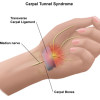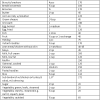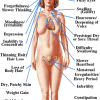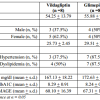
Thinking is hard work. This is why so few people bother. At least voluntarily. So whenever it seems like the threat of brainwork looms in modern American medicine, we can thank our lucky stars for the geniuses behind healthcare “reform” and guidelines of care. This comes up as a result of a conversation that I had with a patient the other day. A pleasant, obese gentleman. He had been struggling with his weight and Type II diabetes for some time, and there were now some early indications of some potentially serious long-term complications. He mentioned to me that he was » » » [Read more]









